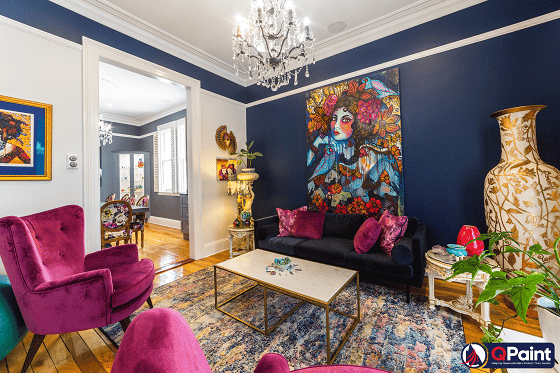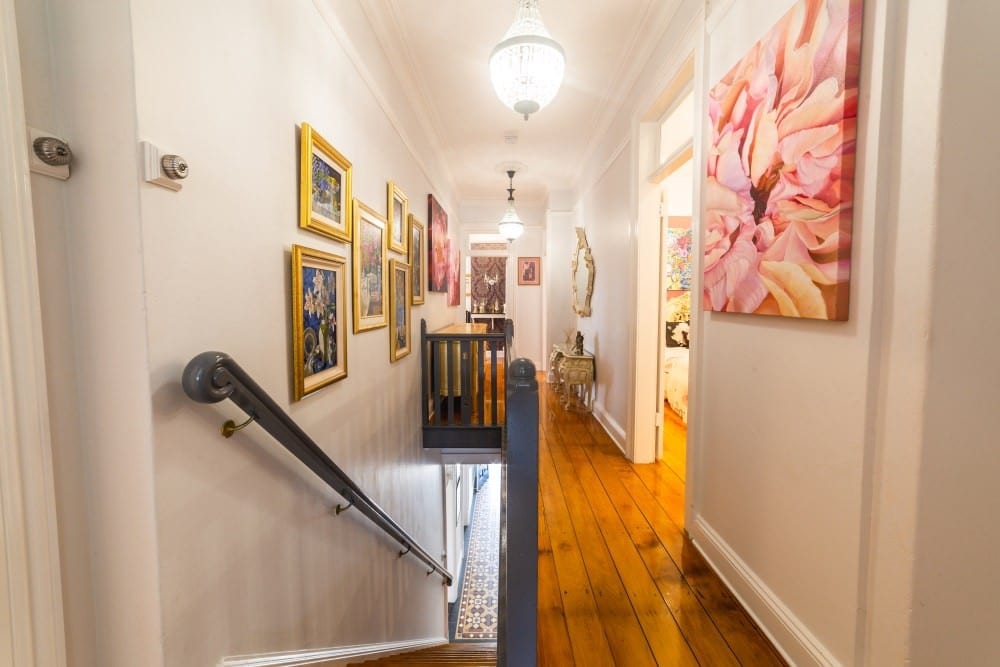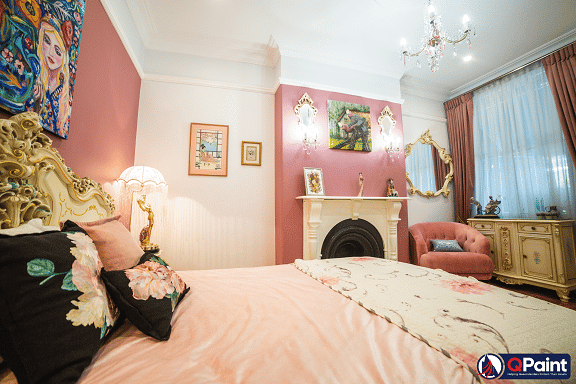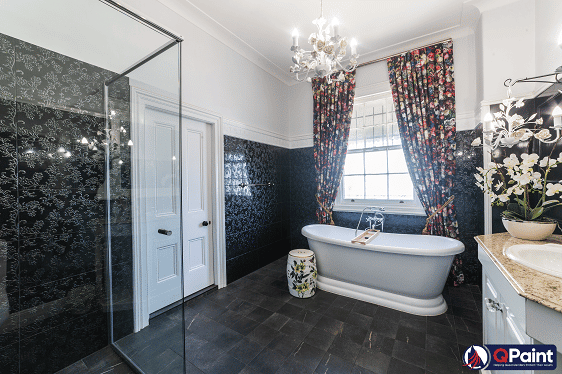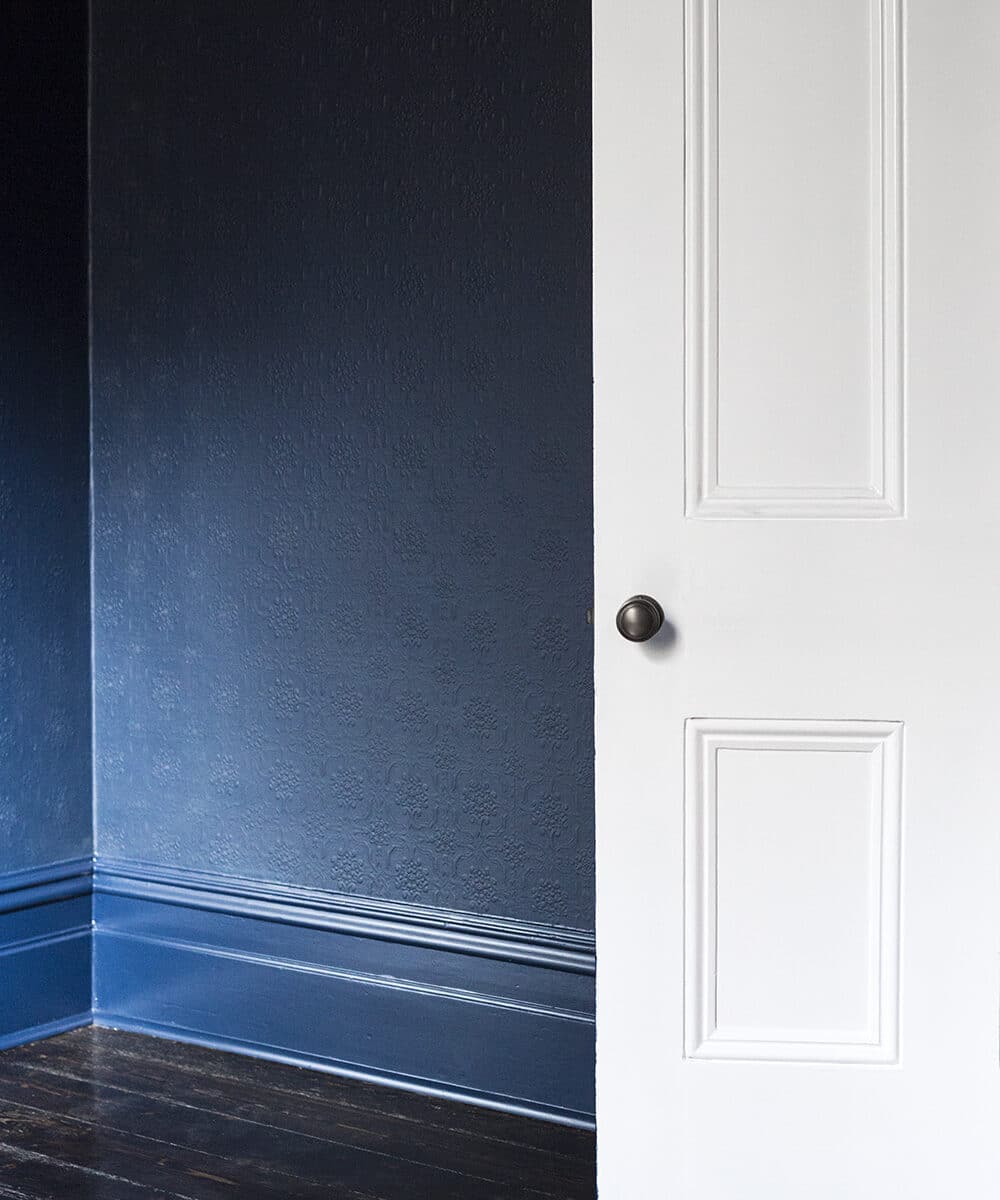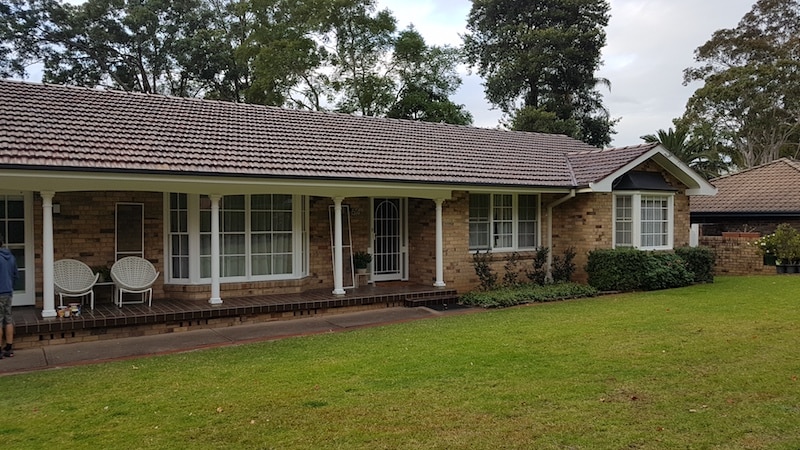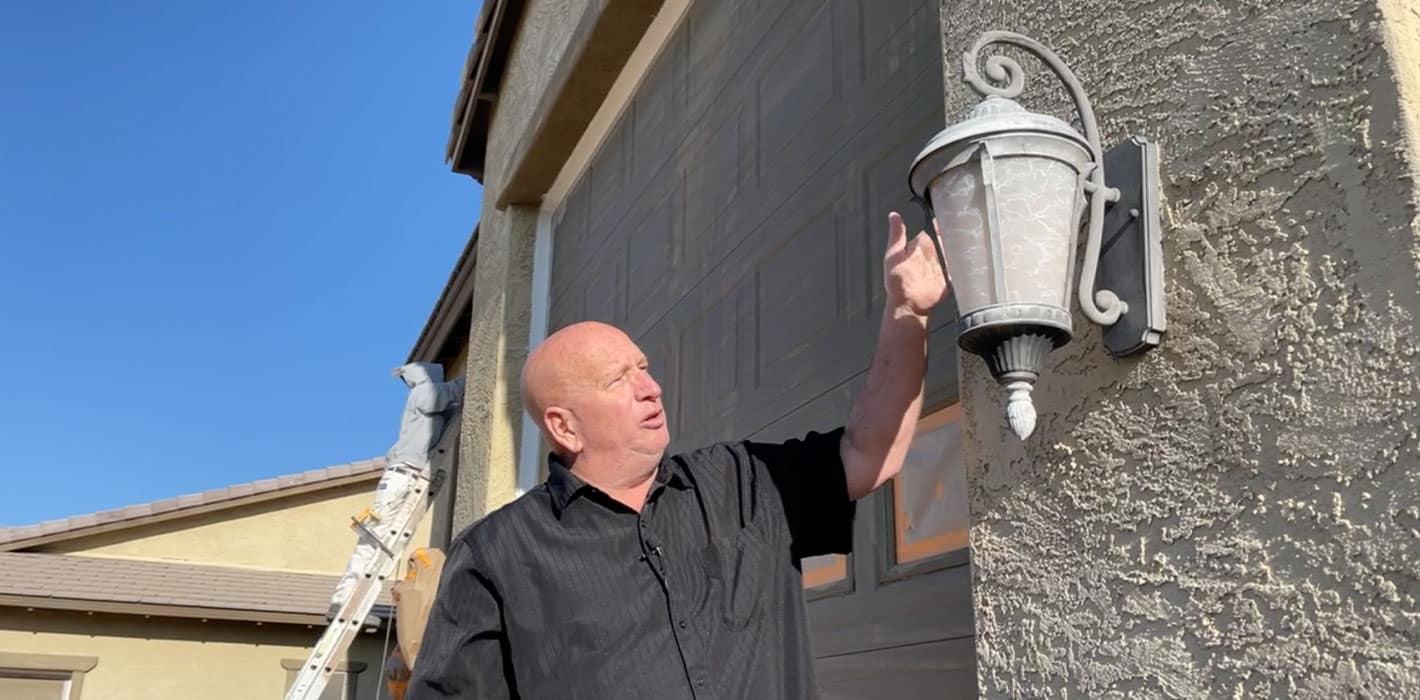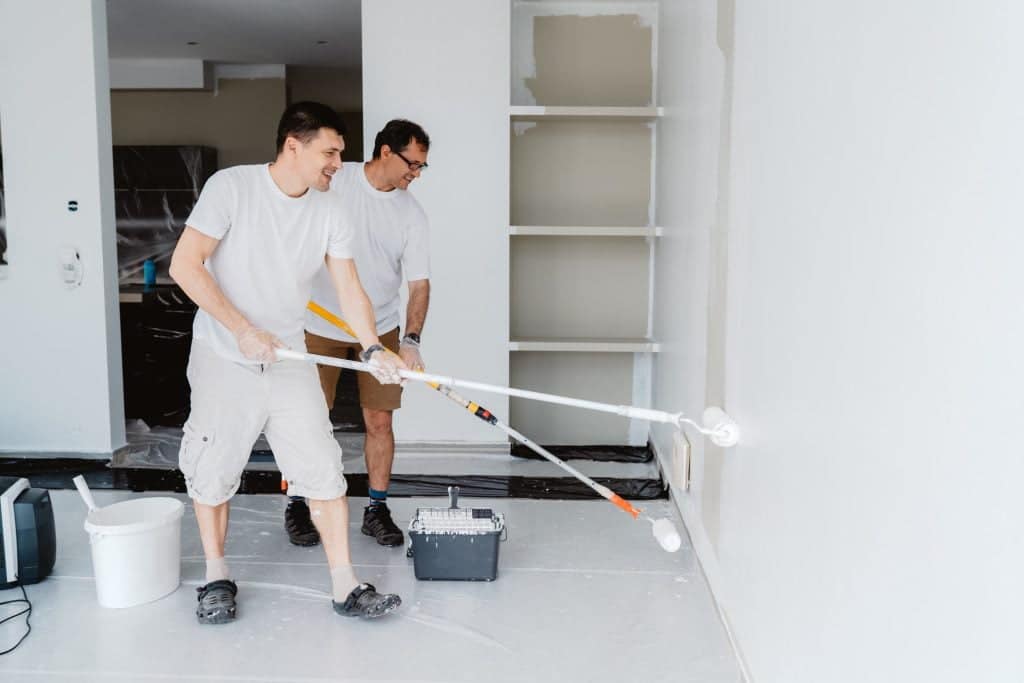Nestled amid the hustle and bustle of clinking dishes, the soft aroma of simmering spices, and the occasional symphony of stove-top sizzles, your kitchen cabinets stand as silent sentinels of style and substance. Over time, however, even the most steadfast guardians of your culinary domain can succumb to the wear and tear of life’s daily dramas, leaving them in need of a revamp. Enter the transformative power of a fresh coat of paint; not just any paint, but the kind that will embrace your cupboards with the grace and durability they deserve.
Welcome, home enthusiasts and makeover mavens, to the art and science of kitchen cabinets spray painting—an alchemy where color meets convenience, and where the whisper of a spray gun can elevate the heart of your home from mundane to magnificent. This delicate dance of choosing the right hue, the perfect finish, and the most lasting formula is no mere flick of the wrist. It requires insight, preparation, and a keen eye for detail.
In our journey across this canvas of possibilities, we will arm you with everything you need to know to select the ideal paint for your kitchen cabinets. From understanding the nuances of paint types to mastering the methods of application, this guide promises to equip you with the knowledge to make decisions that are not merely aesthetically pleasing, but also wise investments in the longevity and functionality of your kitchen. So roll up your sleeves, and prepare to transform the ordinary into the extraordinary, with a flourish of spray and a masterstroke of informed choice.
Table of Contents
- Understanding the Durability Needs of Kitchen Cabinets
- Navigating the Color Palette: Matching Paint with Your Kitchen Aesthetic
- Oil-Based or Water-Based Paints: Making an Informed Decision
- The Finish Line: Selecting the Best Sheen for Functionality and Style
- Prep Work and Application Tips for a Lasting Cabinet Makeover
- Q & A
- Insights and Conclusions
Understanding the Durability Needs of Kitchen Cabinets
In the bustling heart of every home lies the kitchen, a space teeming with activity and, consequently, subject to the wear and tear of daily use. As silent sentinels, your kitchen cabinets bear the brunt of spills, splashes, and the heat and humidity inherent to culinary pursuits. Their surfaces must not only resist the relentless onslaught of these challenges but do so with grace, maintaining their color and finish through countless meals and memories. It’s essential to select a paint that not only complements your taste but also meets the rigorous demands of kitchen cabinet stewardship.
The quest for perfection commences by scrutinizing the intrinsic qualities of potential paints. Scratch resistance is a prime attribute, ensuring that the inevitable scrapes from pots, pans, and kitchen gadgets do not mar the cabinet’s facade. Another crucial trait is easy cleanability; a nonporous, wipeable finish allows for the simple removal of culinary evidence. Additionally, contemplate the need for a paint that can withstand high temperatures and humidity, particularly if your cabinets neighbor the stove or dishwasher. The following checklist serves as an armory for your decision:
- Oil-based vs. Latex: Oil-based paints are hardier but take longer to dry. Latex paints dry quickly and are easier to work with but might need a tougher top coat.
- Sheen Level: High-gloss paints are durable and easy to clean, whereas matte finishes might show wear more easily but can look more modern and chic.
- Mildew Resistance: A paint with built-in mildew resistance is vital in the steamy environment of a kitchen.
| Finish Type | Durability | Cleaning Ease | Visual Appeal |
|---|---|---|---|
| Gloss | High | High | Bold Shine |
| Semi-Gloss | Medium to High | High | Subtle Shine |
| Satin | Medium | Medium | Velvety Sheen |
| Eggshell | Low to Medium | Medium | Soft Luster |
| Matte/Flat | Low | Low | No Shine |
By breaking down the essentials like a chef deconstructs a recipe, the paint you select will become the secret ingredient that ensures your cabinets withstand the test of time, flavoring your kitchen with both resilience and style.
Navigating the Color Palette: Matching Paint with Your Kitchen Aesthetic
The heart of your home deserves a hue that speaks to its soul. Embarking on the journey to find the perfect paint match for your kitchen cabinets can feel like a venture through a labyrinth of colors. But fear not, for with a keen eye and a clear vision, the path unveils itself. Consider the aura you wish to manifest in your culinary haven. Is it the invigorating zest of Citrus Spice, the serenity of Coastal Breeze, or the warmth of Tuscany Sun? Let the atmosphere dictate your palette, and you’ll find harmony between practicality and personal flair.
As you explore shades, it’s invaluable to observe them in the kitchen’s natural habitat; lighting changes the game. Below, we chart a simple guide to help you visualize how different lighting conditions can affect the appearance of paint colors on your cabinets:
| Light Condition | Color Perception Shift | Best Choices |
|---|---|---|
| Morning Light | Brighter, Warmer | Pastel Hues, Light Wood Tones |
| Afternoon Light | Truest Color | Vibrant & Bold Colors |
| Evening Light | Dimmer, Cooler | Deep & Darker Tones |
Remember, swatches are the scouts leading your decision. Drape a variety of them across your cabinets, and revisit them as the day progresses. Trust in this tactile study to whisper the correct choice into your design consciousness.
Oil-Based or Water-Based Paints: Making an Informed Decision
When embarking on the adventure of repainting your kitchen cabinets, you are faced with a critical choice that affects both the application process and the longevity of your cabinets: selecting between oil-based and water-based paints. Each type harbours its distinct advantages and considerations. For example, oil-based paints are renowned for their durability and rich finish. They tend to dry harder, making them a good fit for kitchen cabinets which endure frequent use and occasional knocks. A minor caveat, however, is that they often come with a stronger odour and require solvents like turpentine for cleanup.
In contrast, water-based paints have gained popularity due to their environmental friendliness and ease of clean-up, only requiring soap and water. They are less prone to yellowing over time and typically have a quicker drying period, which can be a significant advantage when you’re eager to return your kitchen to full operation. Despite these benefits, they might not be as robust as their oil-based counterparts. Below is a handy table to display these differences succinctly:
| Paint Type | Advantage | Disadvantage | Cleanup |
|---|---|---|---|
| Oil-Based | Durable & Hard Finish | Strong Odour & Longer Drying Time | Solvent (e.g., turpentine) |
| Water-Based | Quick to Dry & Eco-Friendly | Less Durable than Oil-Based | Soap & Water |
The key lies in assessing your priorities and conditions in your kitchen. If your cabinets are heavily utilized and prone to wear, oil-based might be the way to go. For a faster update and a friendlier environmental footprint, water-based paints might be your calling. Take into account factors such as exposure to sunlight, which can cause oil-based painted surfaces to yellow over time, or the presence of children and pets, which might steer you towards the less toxic water-based options. No matter your decision, ensure that you properly prepare your surfaces by cleaning, sanding, and priming as appropriate, to guarantee a flawless and lasting finish.
The Finish Line: Selecting the Best Sheen for Functionality and Style
When it comes to the final touches on your kitchen cabinets, the sheen level of the paint can have a huge impact not just on how they look, but on how well they stand up to the rigors of kitchen life. Essentially, sheen refers to how shiny the paint is once it’s dry, and this can range from matte to high-gloss. Each level has its own ideal settings for durability and aesthetic.
Let’s dive into the different options available:
– Matte: Providing a non-reflective finish, it has a contemporary look that hides imperfections well, making it a savvy choice for older cabinets. Be aware though, matte finishes may not be as easy to clean.
– Eggshell and Satin: These are the most popular for kitchen cabinets, offering a subtle sheen that’s easier to keep clean than matte and are more forgiving with brush marks and imperfections.
– Semi-gloss: Highly durable and easy to wipe down, making it an ideal choice for kitchens. The higher sheen level means more reflection and a more dramatic look.
– High-gloss: Though rarely used on cabinets, it’s the most durable and easiest to clean. This finish will make the cabinets stand out as a focal point with its almost mirror-like effect.
Consider not only the look but the practicality:
| Sheen Level | Cleaning Ease | Durability | Recommended Kitchen Use |
|---|---|---|---|
| Matte | Low | Medium | Rustic or traditional kitchens |
| Eggshell/Satin | Medium | High | Most kitchens, particularly high traffic areas |
| Semi-gloss | High | Very High | Family kitchens requiring more frequent cleaning |
| High-gloss | Very High | Excellent | Modern, contemporary kitchens where style is paramount |
Choosing the right sheen comes down to balancing the functionality you need with the style you love. While higher gloss levels are more durable and easier to clean, they can show fingerprints and smudges more readily than their less reflective counterparts. On the other hand, lower sheen levels create a softer aesthetic but may require more maintenance over time. Your decision should align with your household’s activity level, as well as the desired atmosphere of your culinary space.
Prep Work and Application Tips for a Lasting Cabinet Makeover
To ensure your kitchen cabinet transformation is not only striking but enduring, initial preparations must be met with meticulous attention. Cleanliness is paramount; use a degreaser to remove any oily residue, which can inhibit paint adhesion. Once the surfaces are dirt and grime-free, smooth them out with a fine-grit sandpaper to create the perfect canvas for your paint. This step vastly improves the paint’s ability to bond with the cabinet material. Along with cleaning, dismantle all hardware – hinges, handles, and knobs – to avoid an uneven painting job and facilitate a more professional finish.
When it comes to the paint application process, the key word is patience. A primer is non-negotiable; it serves as an adhesive layer for your chosen color. After priming, apply your paint in thin, even layers. Rushing with thick coats often leads to drips and a longer drying process. Use quality brushes or a foam roller for flat surfaces and a sash brush for nooks and crannies, ensuring a smooth, brushstroke-free finish. Allow ample drying time between coats, and consider a protective topcoat for an added layer of durability against the rigors of a bustling kitchen environment.
| Paint Type | Pros | Cons | Best For |
|---|---|---|---|
| Oil-Based | Durable, smooth finish | Longer drying time, harsh fumes | Traditional kitchens with a classic look |
| Latex | Quick-drying, low VOCs | Less durable than oil | Eco-friendly homes and modern aesthetics |
| Chalk Paint | No prep needed, matte finish | Waxes and topcoats required | Vintage style kitchens |
| Alkyd | Oil-like finish, easier cleanup | Can yellow over time | Kitchens needing a balance between performance and convenience |
Q & A
Why is choosing the right paint for my kitchen cabinets crucial?
Choosing the right paint for your kitchen cabinets is vital because it affects the durability, look, and feel of your kitchen. The right paint can withstand the rigors of kitchen activities, resist moisture and grease, and match your aesthetic preferences, making your kitchen look and feel refreshed for years to come.
What are the best types of paint to use on kitchen cabinets?
For kitchen cabinets, the best types of paint generally include:
- Oil-based paint: Durable and good at resisting moisture and stains.
- Water-based latex paint: Easy to clean and environmentally friendly with a quick drying time.
- Alkyd paint: Offers the durable finish of oil-based paints but with an easier cleanup like water-based paints.
Should I hire an expert or DIY for kitchen cabinet spray painting?
Hiring an expert ensures a professional finish, while DIY may be more cost-effective. Consider:
- Expertise: Professionals have the skills to achieve a high-quality finish.
- Time: Spray painting cabinets is a time-consuming process that might be better handled by experts.
- Equipment: Professionals have access to superior equipment for a flawless finish.
How do I prepare my kitchen cabinets for painting?
Preparing your kitchen cabinets is a crucial step. Follow this guide:
- Clean: Remove all dirt and grease with a heavy-duty cleaner.
- Sand: Smooth out the surfaces with fine-grit sandpaper.
- Prime: Apply a high-quality primer to ensure the paint adheres properly.
Can you provide some tips for maintaining beautifully painted kitchen cabinets?
Here are some tips to keep your painted cabinets looking great:
- Regular Cleaning: Wipe down with a soft cloth and gentle cleaner.
- Avoid Moisture: Wipe up spills promptly to prevent water damage.
- Touch-Ups: Keep some extra paint on hand for quick fixes of chips or scratches.
What are the color trends for kitchen cabinets in 2023?
| Soft Pastels: | Bringing a light and airy feel to the kitchen. |
| Bold Blues: | Making a statement with deep and vivid tones. |
| Earthy Greens: | Connecting the space with natural elements. |
| Neutral Tones: | Creating a timeless and versatile backdrop. |
How can I ensure the paint I choose is eco-friendly?
To ensure you’re choosing eco-friendly paint for your kitchen cabinets, look for:
- Low VOCs: Volatile Organic Compounds (VOCs) are harmful to both the environment and your health.
- Greenguard Certification: Indicates the paint has met rigorous, third-party chemical emissions standards.
- Non-toxic Formulas: Avoid paints with heavy metals or formaldehyde.
Insights and Conclusions
In the vibrant dance of home restoration, your kitchen cabinets twirl into the spotlight, eager for a fresh coat of charm. Choosing the right paint is much like composing a harmonious melody, with every stroke of the brush bringing your personal chorus of color to life. As we’ve explored the vast palette of possibilities, from the enduring elegance of oil-based paints to the modern allure of water-based hues, remember that your kitchen awaits its own unique symphony of style.
May the tips and insights you’ve gathered here be your guide as you embark on the transformative journey of painting your kitchen cabinets. Consider the ballet of functionality and fashion, the interplay of light and longevity, and let the information we’ve painted across these pages serve as the foundation for your creative expression.
As the final chapter of this colorful exploration comes to a graceful close, we leave you standing before the canvas of your kitchen, brush in hand, poised to make a mark that is distinctively yours. May your cabinets, steeped in the perfect shade, open up to a world where both meals and memories are lovingly crafted.
Thank you for allowing us to be part of your selection saga. Now, with visions of lustrous finishes and hues that sing to your heart, go forth and transform your kitchen cabinets into masterpieces of your home’s story.


